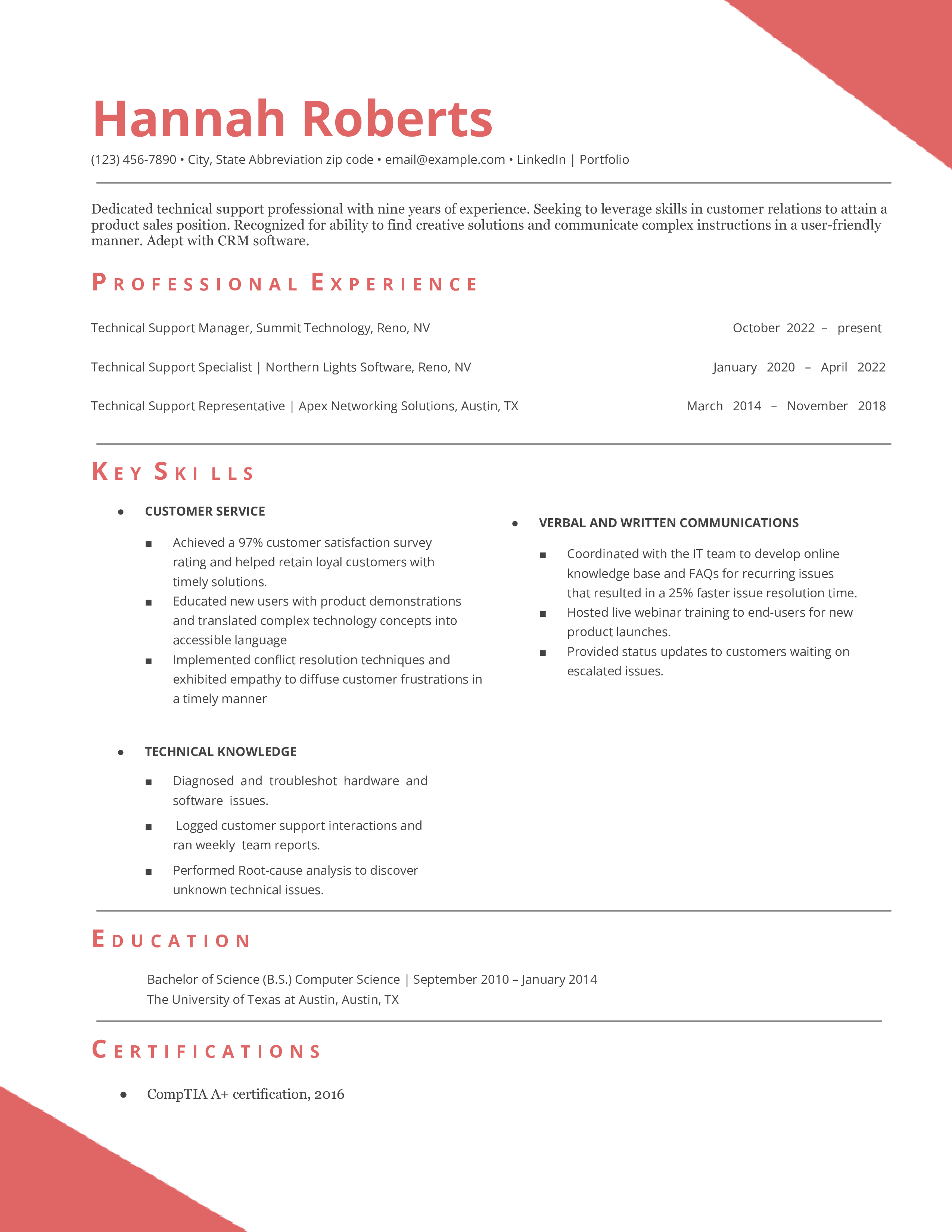In today’s job market, having a well-crafted resume is essential for standing out. While traditional resumes focus on a candidate’s work history and chronological experience, there is a growing trend toward skill-based resumes.
This type of resume highlights a candidate’s specific skills and competencies, making it particularly useful when transitioning careers, having gaps in employment, or wanting to emphasize transferable skills across different roles.
What is a Skill-Based Resume?
A skill-based resume, also known as a functional resume, is a document that emphasizes a candidate’s skills and competencies rather than their chronological work history. Instead of listing previous job titles and responsibilities, a skill-based resume focuses on specific skills relevant to the desired position.
This type of resume is particularly advantageous for individuals looking to change careers or have gaps in their employment history. It allows them to showcase their relevant skills and qualifications, rather than being solely judged on their previous job titles.
Why Use a Skill-Based Resume?
There are several reasons why using a skill-based resume can be beneficial:
- Transitioning Careers: If you are looking to switch industries or pursue a different career path, a skill-based resume allows you to highlight the transferable skills that are relevant to the new role. This can help potential employers see how your skills align with their needs, even if you don’t have direct experience in the field.
- Employment Gaps: If you have gaps in your employment history, a skill-based resume can help minimize the focus on those gaps. By highlighting your skills and competencies, you show potential employers that you have the necessary qualifications, regardless of any employment lapses.
- Emphasizing Transferable Skills: Many skills are transferable across different roles and industries. A skill-based resume allows you to emphasize these transferable skills, showcasing your versatility and adaptability.
How to Create a Skill-Based Resume
Creating a skill-based resume requires careful consideration and planning. Here are some steps to help you create an effective skill-based resume:
1. Identify Your Skills and Competencies
Start by identifying the skills and competencies that are most relevant to the position you are applying for. These can include both hard skills (technical skills specific to the job) and soft skills (personal qualities and interpersonal skills).
Make a list of these skills and competencies, and consider how they align with the job requirements. This will form the foundation of your skill-based resume.
2. Organize Your Resume
In a skill-based resume, the focus is on your skills rather than your work history. Organize your resume accordingly, with a clear section dedicated to highlighting your skills and competencies.
Include a summary or profile at the beginning of your resume, highlighting your key skills and qualifications. This will grab the attention of potential employers and give them an overview of your capabilities.
3. Provide Examples and Context
When listing your skills and competencies, provide specific examples and context to demonstrate how you have used these skills in previous roles or situations. This will help potential employers understand the depth and breadth of your abilities.
For each skill, include bullet points or short paragraphs that describe how you have utilized that skill, the results you achieved, and any relevant accomplishments. This will add credibility to your claims and give employers a clear picture of your capabilities.
4. Tailor Your Resume to the Job Description
When creating a skill-based resume, it’s important to tailor it to the specific job you are applying for. Carefully review the job description and identify the key skills and competencies that the employer is seeking.
Highlight these skills in your resume, ensuring that they are prominent and easy to find. This will show potential employers that you have the exact skills they are looking for, increasing your chances of being selected for an interview.
5. Include a Chronological Work History
While the focus of a skill-based resume is on your skills and competencies, it’s still important to include a chronological work history section. This provides context and gives potential employers an understanding of your overall experience.
List your previous job titles, employers, and dates of employment. Keep the descriptions brief, focusing on the skills and competencies you utilized in each role rather than providing a detailed account of your responsibilities.
6. Use Keywords
In today’s digital age, many employers use applicant tracking systems (ATS) to scan resumes for keywords and filter out irrelevant candidates. To ensure your skill-based resume gets past these systems, incorporate relevant keywords from the job description.
Include these keywords naturally throughout your resume, particularly in the skills and competencies section. This will increase the chances of your resume being selected for further review by hiring managers.
Examples
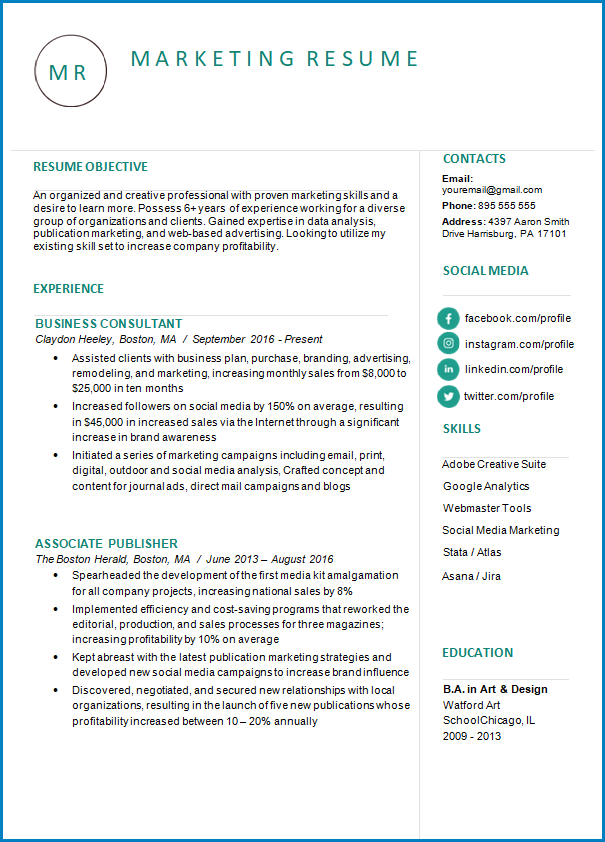
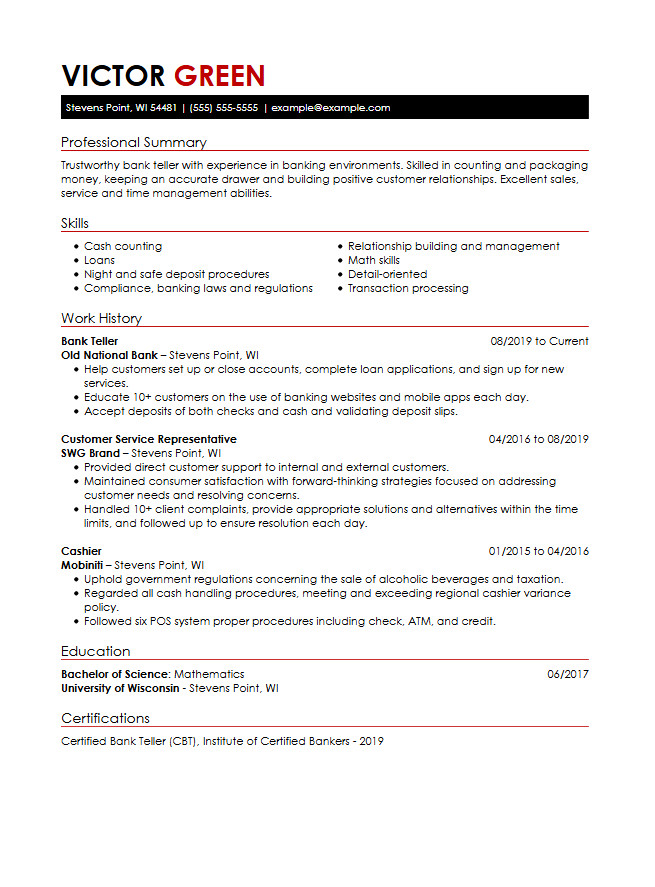
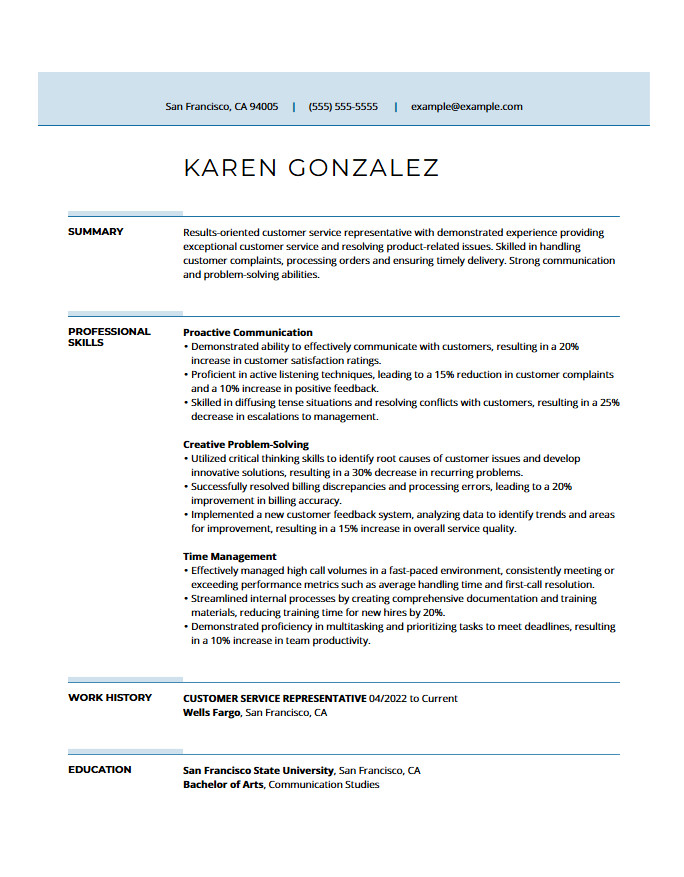
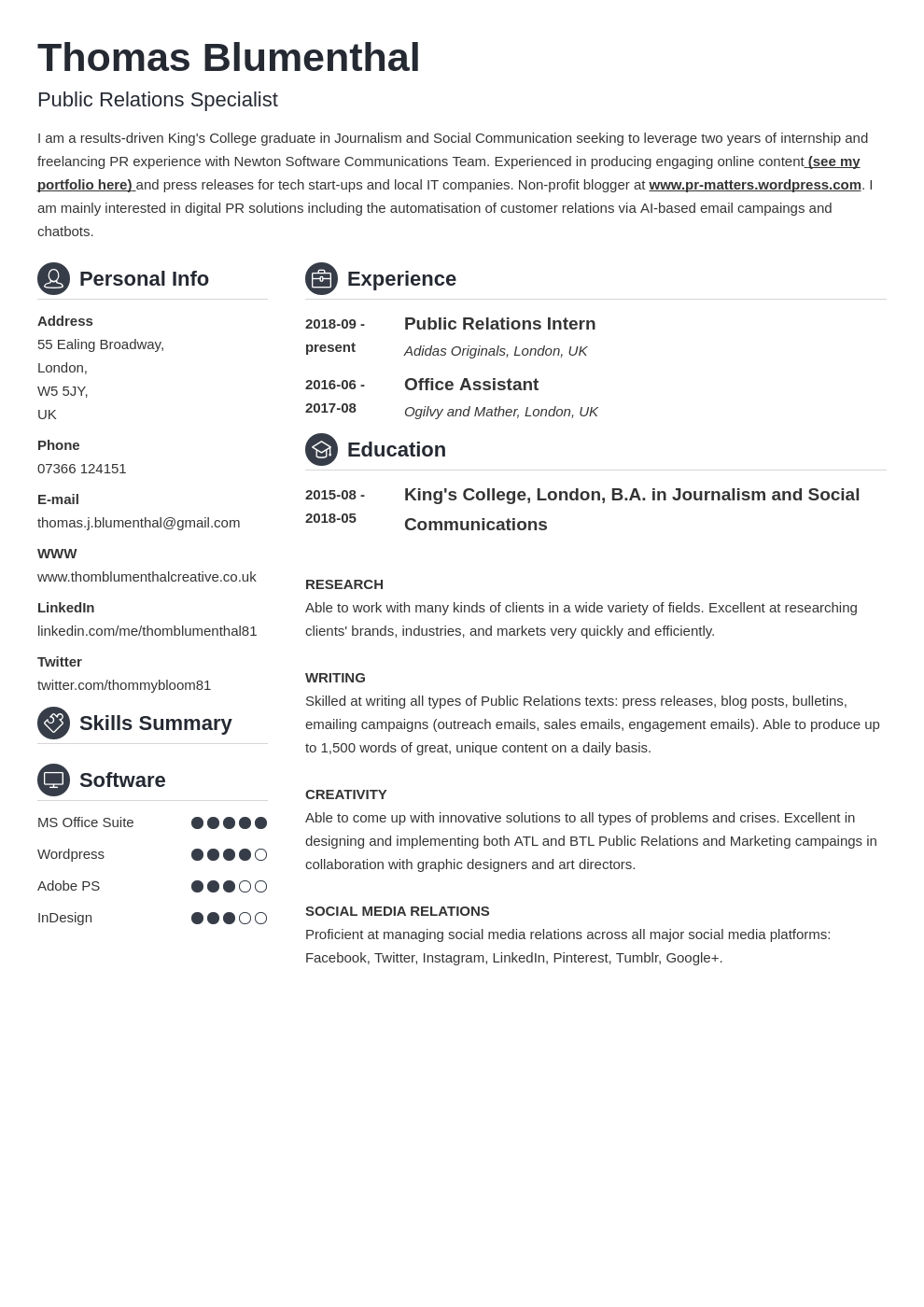
Tips for Creating a Successful Skill-Based Resume
Here are some additional tips to help you create a successful skill-based resume:
- Be concise: Keep your resume focused and concise, highlighting only the most relevant skills and competencies.
- Quantify your achievements: Whenever possible, include specific numbers or metrics to demonstrate the impact of your skills and accomplishments.
- Proofread carefully: Check your resume for spelling and grammar errors, ensuring that it is polished and professional.
- Customize for each application: Tailor your skill-based resume to each job application, highlighting the skills and competencies that are most relevant to the position.
- Consider a hybrid resume: If you have a strong work history and want to highlight both your skills and experience, consider using a hybrid resume format that combines elements of both chronological and skill-based resumes.
- Seek feedback: Ask a trusted friend, family member, or professional mentor to review your resume and provide feedback. They may offer valuable insights and suggestions for improvement.
By creating a skill-based resume that highlights your specific skills and competencies, you can effectively showcase your qualifications and increase your chances of landing your desired job. Remember to tailor your resume to each application and emphasize the skills that are most relevant to the position.
With a well-crafted skill-based resume, you can confidently navigate career transitions, employment gaps, and highlight your transferable skills across different roles.
Skill-Based Resume Template – Download
